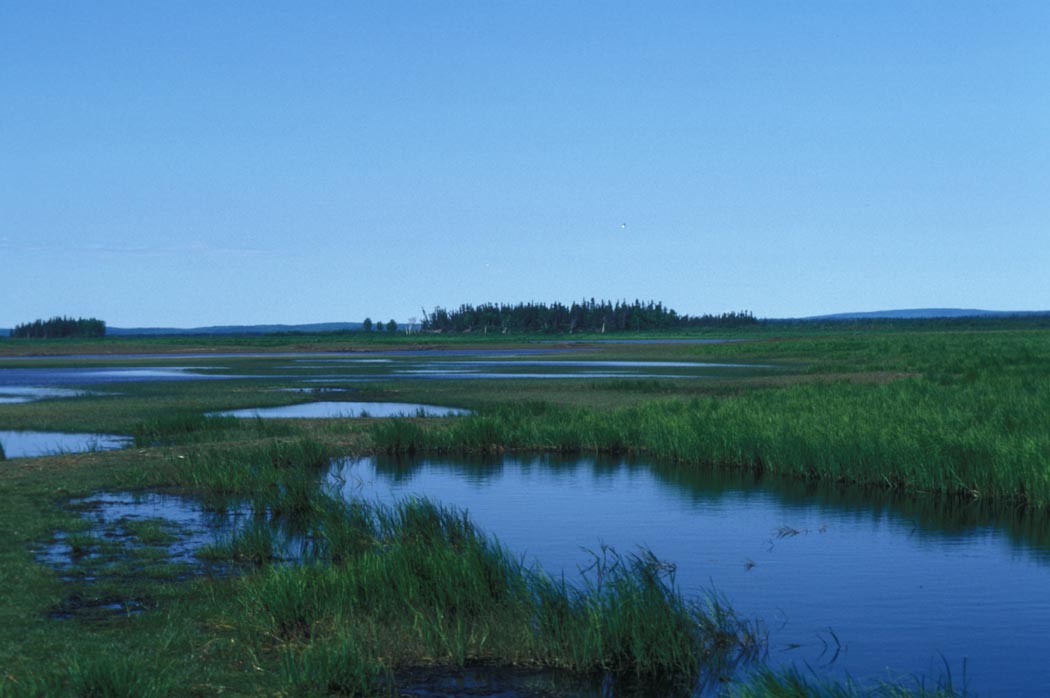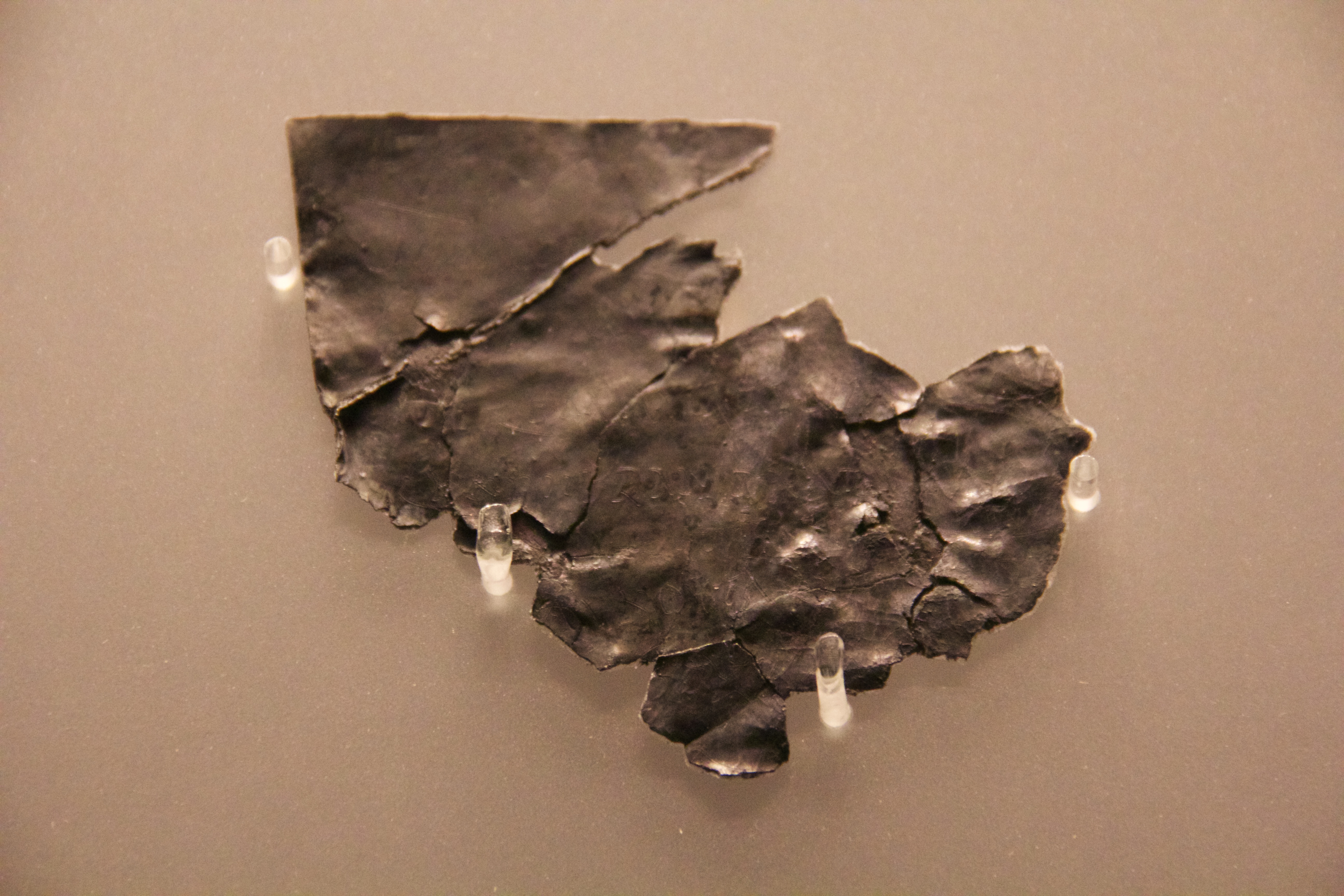|
Drumclog Moss
Drumclog Moss is a flat wilderness of broken bog and quagmire in Lanarkshire, Scotland. The Covenanters defeated Claverhouse's dragoons at the site in the 1679 Battle of Drumclog. The name ''Drumclog'' may have Brittonic origins. The first part of the name may be ''*drum'', meaning "a back, a ridge", and the second ''*clog'', "a rock, a crag, a steep cliff" (Welsh ''drum-clog''), in place names meaning a standing stone or other stones of perceived significance. The second part of the name could also be the cognate Gaelic Gaelic (pronounced for Irish Gaelic and for Scots Gaelic) is an adjective that means "pertaining to the Gaels". It may refer to: Languages * Gaelic languages or Goidelic languages, a linguistic group that is one of the two branches of the Insul ... element ''clach''. References * Landforms of South Lanarkshire Bogs of Scotland {{SouthLanarkshire-geo-stub ... [...More Info...] [...Related Items...] OR: [Wikipedia] [Google] [Baidu] |
Wilderness
Wilderness or wildlands (usually in the plurale tantum, plural) are Earth, Earth's natural environments that have not been significantly modified by human impact on the environment, human activity, or any urbanization, nonurbanized land not under extensive agriculture, agricultural cultivation. The term has traditionally referred to terrestrial environments, though human impact on marine life, growing attention is being placed on marine ecosystem, marine wilderness. Recent maps of wilderness suggest it covers roughly one-quarter of Earth's terrestrial surface, but is being rapidly degraded by human activity. Even less wilderness remains in the ocean, with only 13.2% free from intense human activity. Some governments establish protection for wilderness areas by law to not only protected area, preserve what already exists, but also to promote and advance a natural expression and development. These can be set up in preserves, conservation preserves, national forests, national par ... [...More Info...] [...Related Items...] OR: [Wikipedia] [Google] [Baidu] |
Mire
A peatland is a type of wetland whose soils consist of Soil organic matter, organic matter from decaying plants, forming layers of peat. Peatlands arise because of incomplete decomposition of organic matter, usually litter from vegetation, due to Waterlogging (agriculture), water-logging and subsequent anoxic waters, anoxia. Peatlands are unusual landforms that derive mostly from biological rather than physical processes, and can take on characteristic shapes and surface patterning. The formation of peatlands is primarily controlled by climatic conditions such as precipitation and temperature, although terrain relief is a major factor as waterlogging occurs more easily on flatter ground and in basins. Peat formation typically initiates as a paludification of a mineral soil forests, terrestrialisation of lakes, or primary peat formation on bare soils on previously glaciated areas. A peatland that is actively forming peat is called a ''mire''. All types of mires share the common ... [...More Info...] [...Related Items...] OR: [Wikipedia] [Google] [Baidu] |
Lanarkshire
Lanarkshire, also called the County of Lanark (; ), is a Counties of Scotland, historic county, Lieutenancy areas of Scotland, lieutenancy area and registration county in the Central Lowlands and Southern Uplands of Scotland. The county is no longer used for local government purposes, but gives its name to the two modern council areas of North Lanarkshire and South Lanarkshire. The county was established as a shire (the area controlled by a sheriff principal, sheriff) in the twelfth century, covering most of the basin of the River Clyde. The area was sometimes known as Clydesdale. In the early fifteenth century the western part of the shire was removed to become Renfrewshire (historic), Renfrewshire. The historic county of Lanarkshire includes Glasgow, but the city had a separate lieutenancy areas of Scotland, lieutenancy from 1893. A Lanarkshire County Council existed from 1890 until 1975, which was based in Glasgow until 1964 when it moved to Hamilton, South Lanarkshire, Hamil ... [...More Info...] [...Related Items...] OR: [Wikipedia] [Google] [Baidu] |
Covenanter
Covenanters were members of a 17th-century Scottish religious and political movement, who supported a Presbyterian Church of Scotland and the primacy of its leaders in religious affairs. It originated in disputes with James VI and his son Charles I over church organisation and doctrine, but expanded into political conflict over the limits of royal authority. In 1638, thousands of Scots signed the National Covenant, pledging to resist changes in religious practice imposed by Charles. This led to the 1639 and 1640 Bishops' Wars, which ended with the Covenanters in control of the Scottish government. In response to the Irish Rebellion of 1641, Covenanter troops were sent to Ireland, and the 1643 Solemn League and Covenant brought them into the First English Civil War on the side of Parliament. As the Wars of the Three Kingdoms progressed, many Covenanters came to view English religious Independents like Oliver Cromwell as a greater threat than the Royalists, particularl ... [...More Info...] [...Related Items...] OR: [Wikipedia] [Google] [Baidu] |
John Graham Of Claverhouse
John Graham, 7th of Claverhouse, 1st Viscount Dundee (21 July 1648 – 27 July 1689) was a Scottish soldier and nobleman, a Tory and an Episcopalian. As Graham of Claverhouse, he was responsible for policing southwest Scotland to suppress religious unrest and rebellion of Covenanters during the late 17th century. Later, as a general in the Scottish army, Claverhouse was made Viscount Dundee by King James VII of Scotland (II of England), and remained loyal to James after the Revolution of 1688 deposed James. Dundee rallied Highland clans loyal to the Jacobite cause and led the Jacobite rising of 1689 to victory at Killiecrankie, but lost his life in the battle. This first Jacobite rising was unsuccessful, but Claverhouse posthumously was made a Jacobite hero, acquiring the soubriquet "Bonnie Dundee". Life The Graham family was descended from King Robert III, through his second daughter Princess Mary. John Graham was the elder son of Sir William Graham and Lady Madeline Carne ... [...More Info...] [...Related Items...] OR: [Wikipedia] [Google] [Baidu] |
Dragoons
Dragoons were originally a class of mounted infantry, who used horses for mobility, but dismounted to fight on foot. From the early 17th century onward, dragoons were increasingly also employed as conventional cavalry and trained for combat with swords and firearms from horseback. While their use goes back to the late 16th century, dragoon regiments were established in most European armies during the 17th and early 18th centuries; they provided greater mobility than regular infantry but were far less expensive than cavalry. The name reputedly derives from a type of firearm, called a ''dragon'', which was a handgun version of a blunderbuss, carried by dragoons of the French Army. The title has been retained in modern times by a number of armoured or ceremonial mounted regiments. Origins and name The establishment of dragoons evolved from the practice of sometimes transporting infantry by horse when speed of movement was needed. During the Spanish conquest of the Inca Emp ... [...More Info...] [...Related Items...] OR: [Wikipedia] [Google] [Baidu] |
Battle Of Drumclog
The Battle of Drumclog was fought on 1 June 1679, between a group of Covenanters and the forces of John Graham of Claverhouse, at Drumclog, in South Lanarkshire, Scotland. Battle Following the assassination of Archbishop James Sharp on Magus Muir and the ''Declaration of Rutherglen'', the Covenanters were on the verge of open rebellion. A large conventicle was planned to take place at Loudoun Hill, on the boundary of Ayrshire and Lanarkshire, in defiance of government persecution of the Covenanters. On the morning of Sunday 1 June, the Rev. Thomas Douglas allegedly broke off his sermon with the words "Ye have got the theory, now for the practice", when it was reported that the dragoon Dragoons were originally a class of mounted infantry, who used horses for mobility, but dismounted to fight on foot. From the early 17th century onward, dragoons were increasingly also employed as conventional cavalry and trained for combat wi ...s of Claverhouse were heading to the a ... [...More Info...] [...Related Items...] OR: [Wikipedia] [Google] [Baidu] |
Common Brittonic
Common Brittonic (; ; ), also known as British, Common Brythonic, or Proto-Brittonic, is a Celtic language historically spoken in Britain and Brittany from which evolved the later and modern Brittonic languages. It is a form of Insular Celtic, descended from Proto-Celtic, a theorized parent language that, by the first half of the first millennium BC, was diverging into separate dialects or languages. Pictish is linked, most probably as a sister language or a descendant branch. Evidence from early and modern Welsh shows that Common Brittonic was significantly influenced by Latin during the Roman period, especially in terms related to the church and Christianity. By the sixth century AD, the languages of the Celtic Britons were rapidly diverging into Neo-Brittonic: Welsh, Cumbric, Cornish, Breton, and possibly the Pictish language. Over the next three centuries, Brittonic was replaced by Scottish Gaelic in most of Scotland, and by Old English (from which descend M ... [...More Info...] [...Related Items...] OR: [Wikipedia] [Google] [Baidu] |
Welsh Language
Welsh ( or ) is a Celtic languages, Celtic language of the Brittonic languages, Brittonic subgroup that is native to the Welsh people. Welsh is spoken natively in Wales by about 18% of the population, by some in England, and in (the Welsh colony in Chubut Province, Argentina). It is spoken by smaller numbers of people in Canada and the United States descended from Welsh immigrants, within their households (especially in Nova Scotia). Historically, it has also been known in English as "British", "Cambrian", "Cambric" and "Cymric". The Welsh Language (Wales) Measure 2011 gave the Welsh language official status in Wales. Welsh and English are ''de jure'' official languages of the Senedd (the Welsh parliament), with Welsh being the only ''de jure'' official language in any part of the United Kingdom, with English being merely ''de facto'' official. According to the 2021 United Kingdom census, 2021 census, the Welsh-speaking population of Wales aged three or older was 538,300 ( ... [...More Info...] [...Related Items...] OR: [Wikipedia] [Google] [Baidu] |
Scottish Gaelic
Scottish Gaelic (, ; Endonym and exonym, endonym: ), also known as Scots Gaelic or simply Gaelic, is a Celtic language native to the Gaels of Scotland. As a member of the Goidelic language, Goidelic branch of Celtic, Scottish Gaelic, alongside both Irish language, Irish and Manx language, Manx, developed out of Old Irish. It became a distinct spoken language sometime in the 13th century in the Middle Irish period, although a Classical Gaelic, common literary language was shared by the Gaels of both Ireland and Scotland until well into the 17th century. Most of modern Scotland was once Gaelic-speaking, as evidenced especially by Gaelic-language place names. In the 2011 United Kingdom census#2011 Census for Scotland, 2011 census of Scotland, 57,375 people (1.1% of the Scottish population, three years and older) reported being able to speak Gaelic, 1,275 fewer than in 2001. The highest percentages of Gaelic speakers were in the Outer Hebrides. Nevertheless, there is a language ... [...More Info...] [...Related Items...] OR: [Wikipedia] [Google] [Baidu] |
Landforms Of South Lanarkshire
A landform is a land feature on the solid surface of the Earth or other planetary body. They may be natural or may be anthropogenic (caused or influenced by human activity). Landforms together make up a given terrain, and their arrangement in the landscape is known as topography. Landforms include hills, mountains, canyons, and valleys, as well as shoreline features such as bays, peninsulas, and seas, including submerged features such as mid-ocean ridges, volcanoes, and the great oceanic basins. Physical characteristics Landforms are categorized by characteristic physical attributes such as elevation, slope, orientation, structure stratification, rock exposure, and soil type. Gross physical features or landforms include intuitive elements such as berms, cliffs, hills, mounds, peninsulas, ridges, rivers, valleys, volcanoes, and numerous other structural and size-scaled (e.g. ponds vs. lakes, hills vs. mountains) elements including various kinds of inland and oceanic waterbodi ... [...More Info...] [...Related Items...] OR: [Wikipedia] [Google] [Baidu] |





